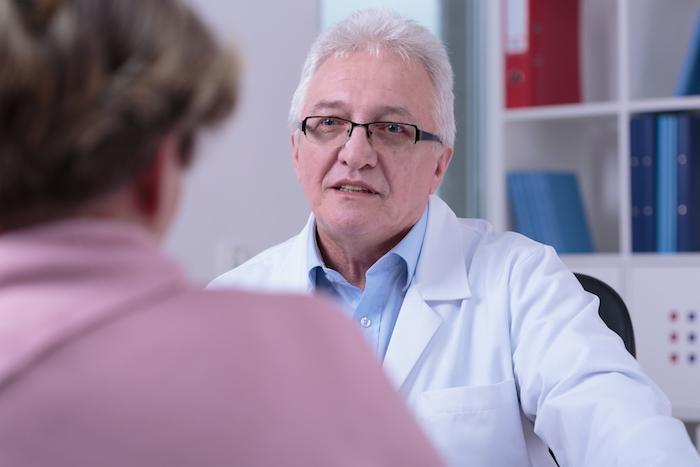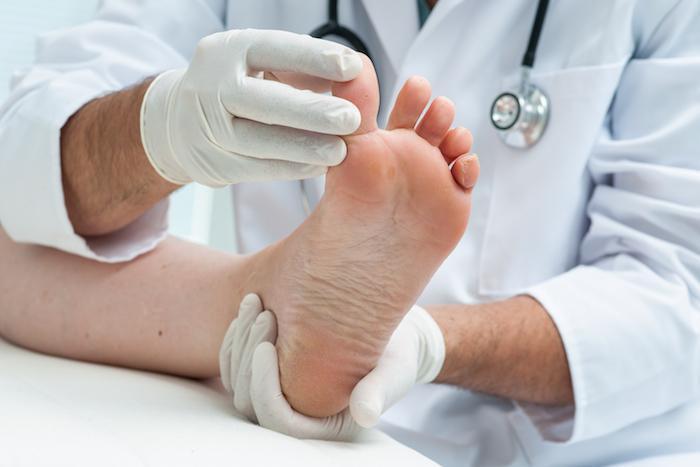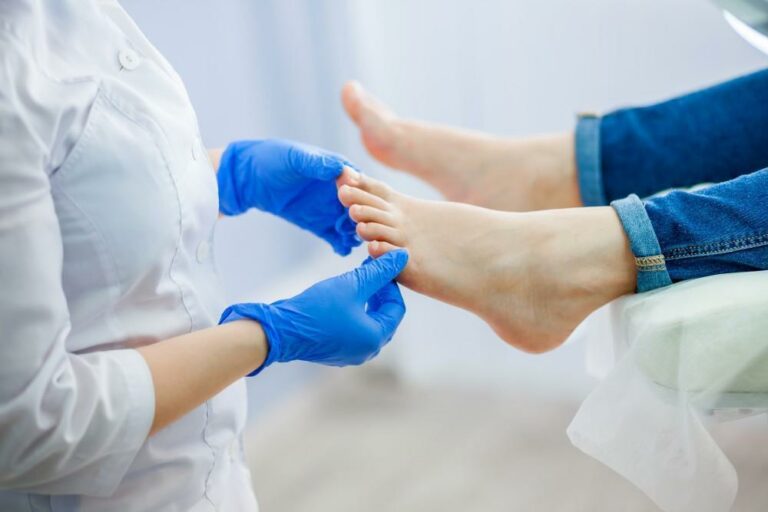If you live with the pain and suffering of arthritis, you’re far from alone. In fact, 23% of all Americans — 54 million people — live with the condition. The most common symptoms of arthritis are pain, stiffness, swelling, and limited range of motion.
Most treatment options for arthritis, such as medications, usually only provide limited help. But a newer treatment called platelet-rich plasma (PRP) therapy may be able to give you the relief you seek. In this blog, the providers at Great Lakes Foot and Ankle Institute explain what PRP therapy is and how it may be able to treat your arthritis.
What is PRP therapy?
Your blood is made up of several key components, one of which is platelets. Platelets contain growth factors, which help your body heal damaged tissue and generate new tissue. With PRP therapy, some of your platelets are harvested from your body and injected into injured areas to speed healing.
This technique uses your own body to heal itself. Because PRP is autologous — meaning that it’s made from your body — you’re unlikely to experience any negative complications.
How is PRP therapy performed?
Although PRP therapy might sound complicated, it’s actually a fairly simple and quick procedure. First, we draw a sample of blood from your arm, similar to any other blood draw. Then we place it in a centrifuge, where it separates the platelets from the rest of your blood’s components. Then we inject the serum into the areas that need healing. The whole process usually takes about 30 minutes.
Because platelet-rich plasma stimulates your body to produce growth factors involved in healing, you will continue to experience more benefits after the procedure. As the days pass, the inflammation, swelling, and pain should continue to lessen, and your range of motion should continue to improve.
What is the recovery process?
If you feel a bit sore after your procedure, you can take Tylenol, but the soreness should subside within a few days. You’ll also need to avoid taking non-steroidal anti-inflammatory drugs, such as ibuprofen, because they can block the beneficial results of the procedure. You’ll also want to rest and take it easy for a couple days.
Sometimes, we use PRP therapy in combination with other treatments, such as physical therapy. Your provider will customize a plan specifically tailored to you to help improve your strength and range of motion.
If you’d like to see if PRP therapy can help treat your arthritis, book an appointment over the phone with Great Lakes Foot and Ankle Institute today.







